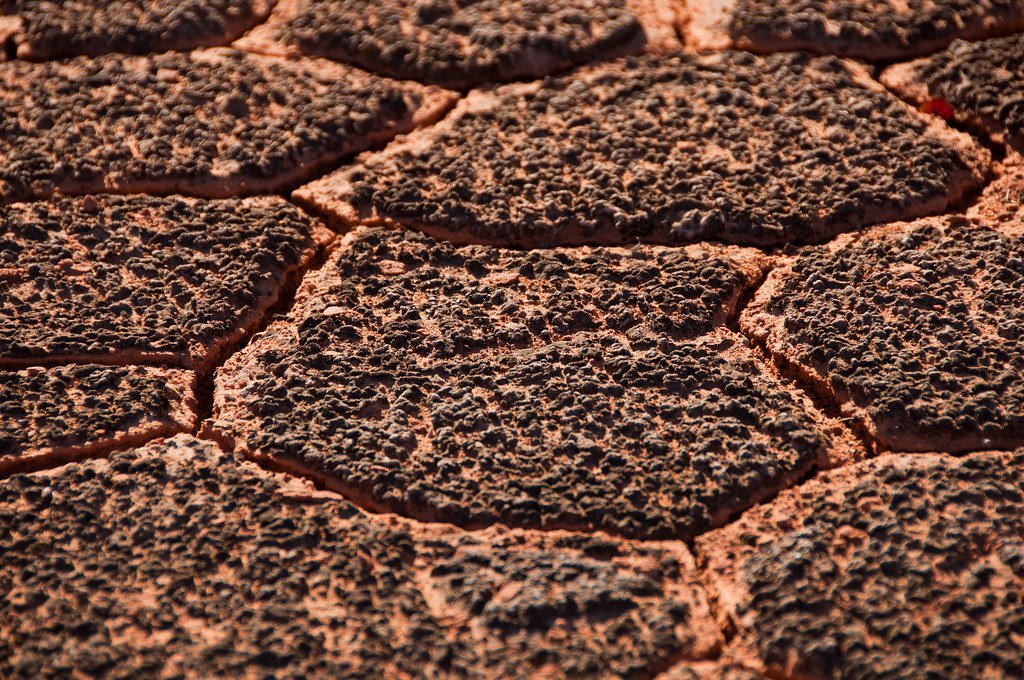An invisible world beneath your feet
Until recently, it was very challenging to determine the types of microbes active in soil samples. Researchers have developed a method to investigate whether cells are producing new proteins and, therefore, are active. They do this by adding special amino acids that are taken up and used by microbes as building blocks for the proteins they produce. Subsequently, a radioactive label can be attached to these special amino acids. An active cell produces more proteins than an inactive one. So, by measuring the radioactivity per cell, you can determine the amount of special amino acids present in the cell. Based on this, it is possible to precisely determine how many proteins the microbe has produced and how active it is.
An indispensable ecosystem
This method proved to work well, allowing researchers to obtain clear results regarding which microbial populations are active in the uppermost soil layer, known as biocrust. You can find biocrust in areas so dry that plants cannot grow, allowing sunlight to reach the soil.
Biocrusts cover about 12% of all land on Earth. The microbes in this layer form a "skin" over the soil below and play an essential role in the ecosystems beneath them. These microbes capture nitrogen and carbon from the air and store it in the soil. Additionally, they help bind soil particles together. This phenomenon is particularly important! Without these microbes, much more dust would be generated in these dry areas, up to 5 to 15% globally. The increase in dust in our atmosphere would impact the climate and human health. Furthermore, erosion would occur much more rapidly if soil particles were not held together by these microbes.
During periods of drought, the microbes in biocrusts are not active. However, after rainfall, populations become active and immediately start fixing carbon and nitrogen from the air. In all samples, the predominant species were Proteobacteria, Actinobacteria, Firmicutes, and Bacteroidota.
Proper 'skin care'
Researchers expect that due to current climate change, up to 40% of these biocrusts will disappear in 65 years. This research is just the tip of the iceberg: to make biocrusts more resilient against periods of extreme drought or heat, we will need to discover much more about this "living skin" of our Earth.
Autor: Noa Hudepol

